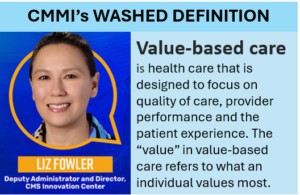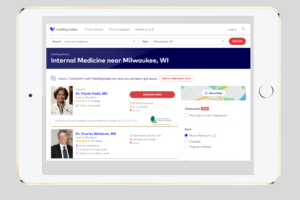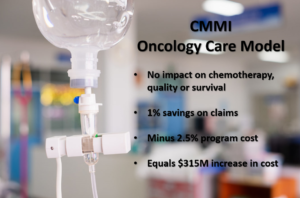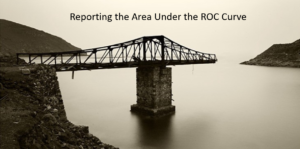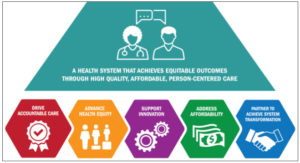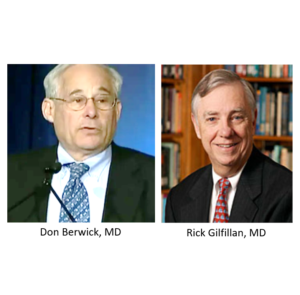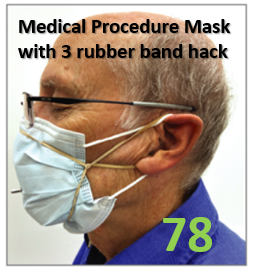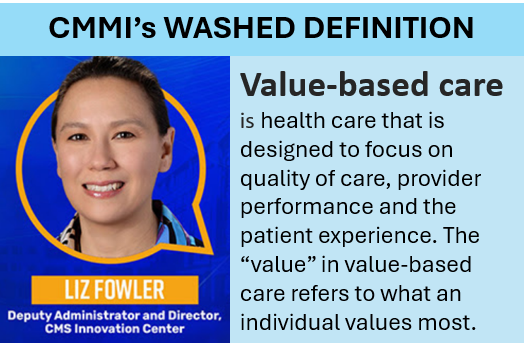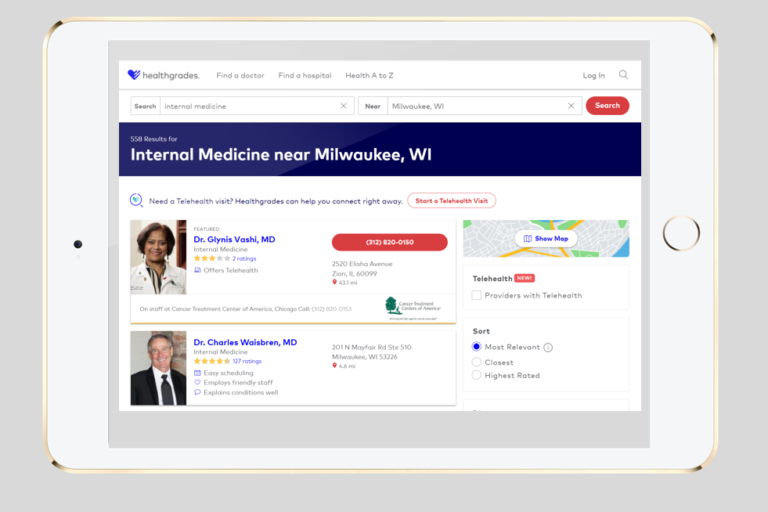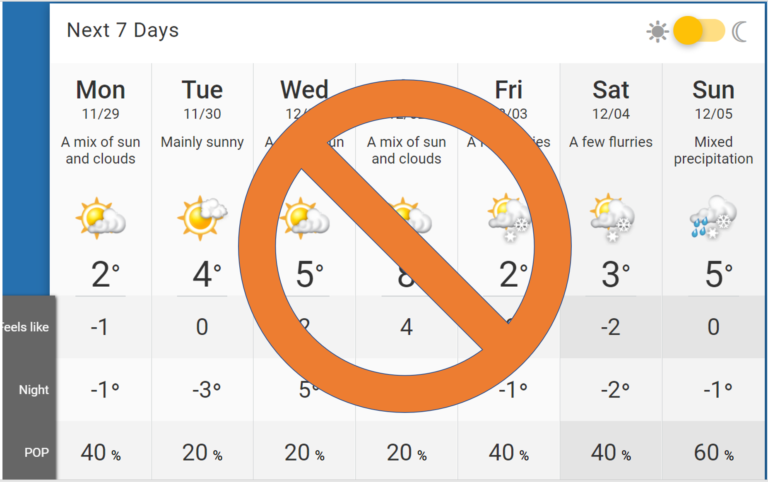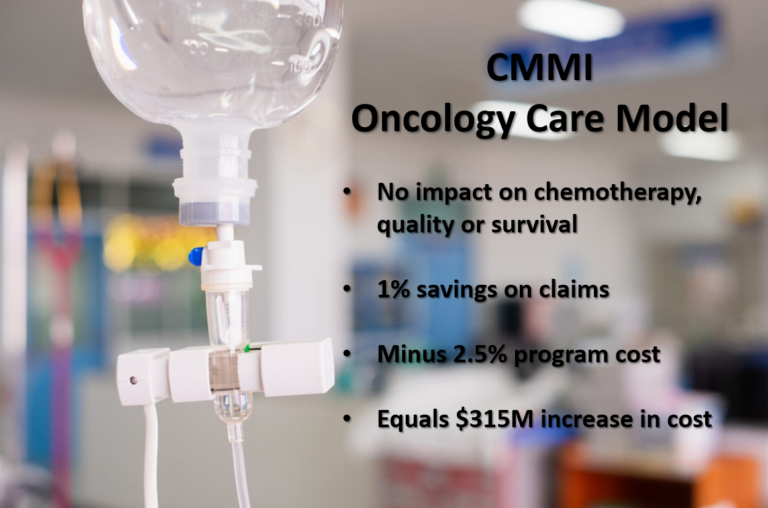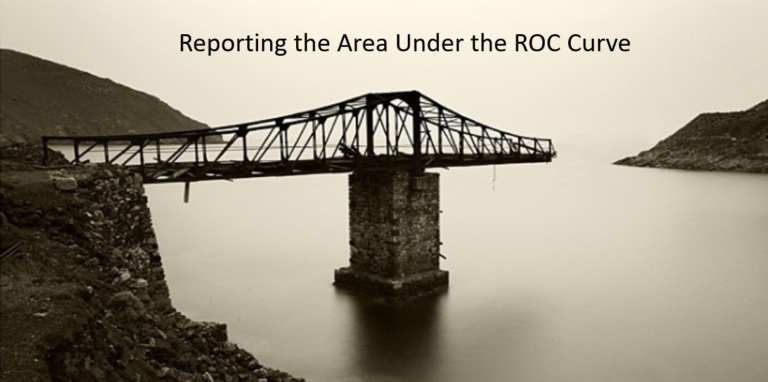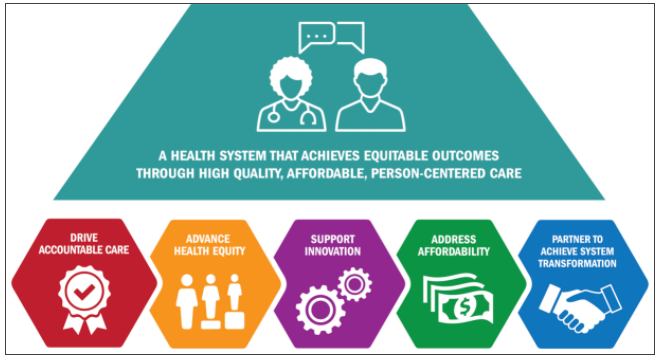Yesterday afternoon, I had the opportunity to have my first mentoring conversation with Wanyu Liu, a talented young undergraduate at the University of Washington. Wanyu is studying statistics, economics, and applied computational mathematical sciences. She is thinking about becoming an actuary. I always learn the most when I am trying to teach others. Teaching forces one to clarify thinking. Mentoring forces one to clarify things that are really important.
So, what did I learn from talking to Wanyu?
I think that there are fundamentally two kinds of analysis. The first type, scientific analysis, focuses on figuring out how systems work. They try to discover cause-effect relationships. To do that, they make observations, notice associations, and use statistical methods to assess the strength of those associations. If associations are strong enough, and if they are consistent with the researcher’s starting hypothesis about cause-effect relationships, they assert that their data supports the hypothesis. This work has intrinsic “discovery” value, as well as practical value. If we know how a system really works, we can figure out how to make it work better. We can invent new treatments that cure a disease. Or, we can invent new care processes to make health care more effective or more efficient. As I explained to Wanyu, epidemiology, biostatistics, health economics and health services research are all fields of study in the tradition of science and social sciences that are focused on scientific analysis. They are at their worst when the participants are racing to be the first to get p<0.05 and publish a paper. They are at their best when they are detectives trying to figure out how things work and driving innovation to make things work better.
The second type of analysis is to support decision-making. All decision-making is fundamentally a choice among available alternatives. So, decision-analysis basically boils down to using the best information available to estimate all the important outcomes for each of the alternatives, while taking uncertainty into consideration. Actuaries and financial analysts are primarily focused on supporting decision-making. They are at their worst when they ignore any outcomes other than financial outcomes, or when they apply their talents to “making the case” for a conclusion not based on data. They are at their best when they are able to replace subjective intuition with objective, quantitative information to drive important decisions — when they keep us honest and practical.
As I explained to Wanyu, I think the most rewarding careers are those that live in the space between science and decision-making. The analysts that really change the world are the ones that can:
- Figure out how the system is really working (science)
- Collaborate with others to develop ideas for making the system work better (business/clinical)
- Estimate all the health and economic outcomes for those alternative ideas (decision-analysis)
- Rigorously evaluate the innovations that are selected for implementation to see whether they really worked (science)
The person who has the rigor of science and the practicality of decision-analysis is the key ingredient in the transformation of our health system. Or, for that matter, our education system, transportation system, manufacturing system, etc. Such people are to be cultivated, developed and rewarded for their essential contributions.

